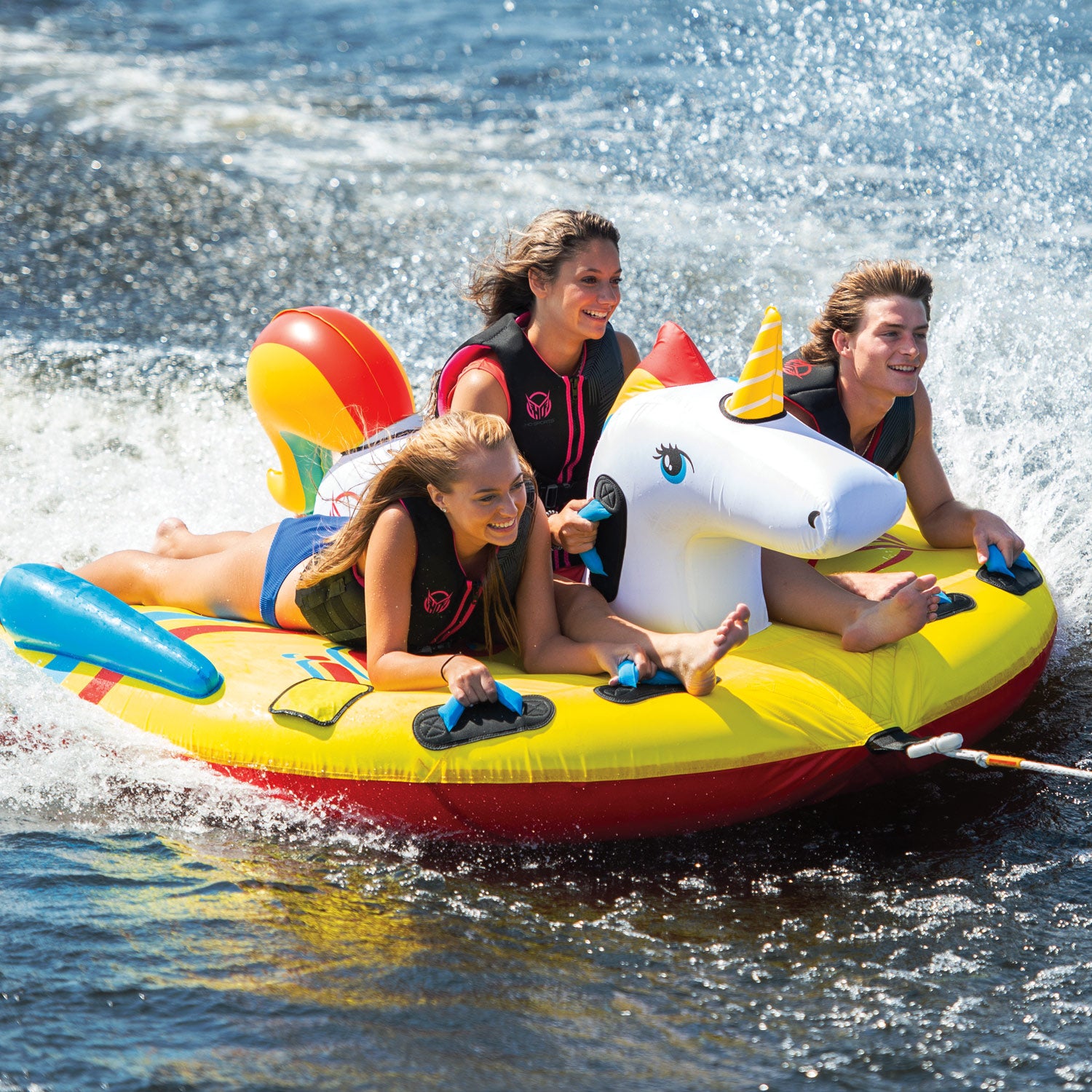Gifting has never been easier
Perfect if you're short on time or are unable to deliver your gift yourself. Enter your message and select when to send it.
Don't let cold weather stop you from experiencing the thrill of riding a jetski. By mastering the art of cold weather layering, you can enjoy the adrenaline rush while staying warm and safe on the water. This comprehensive guide will take you through the three essential layers for jetskiing in chilly conditions: the base layer, outer layer, and flotation layer. Let's dive right in!
Base Layer:
The base layer acts as your first defense against the cold. Its primary purpose is to manage moisture and regulate your body temperature. For optimal performance, consider the Jetpilot Therma fleece range. Made from lightweight, flexible lycra material and featuring a polypropylene thermal lining, these garments keep you warm whether you're wet or dry. With its 6.5oz lycra fabric, this base layer quickly wicks away moisture and provides UV sun protection. The versatility and functionality of these pieces make them a perfect choice for jetskiing in cold weather.

Outer Layer:
The outer layer acts as a shield against the elements, protecting you from wind, rain, and splashing water. It provides an additional barrier against the cold. If you are riding a sit-down jetski and touring islands and smoother water, our range of tour coats offers excellent wind chill protection. These neoprene coats keep you warm even if you get wet. Their relaxed fit ensures comfort without overheating when you're not in the water. Pairing them with long wetsuit pants keeps your legs warm and protected.
Alternatively, you can opt for the ride tour coat and pants, which provide a waterproof layer to keep you warm and dry. However, they may not be as effective if you end up in the water.
If you're riding a stand-up ski or engaging in wave jumping on a sit-down ski, a more traditional wetsuit is recommended. These suits provide insulation by trapping a thin layer of water between your body and the suit while you're in the water. Our range of jetski-specific suits, such as the Jetpilot John and Jacket suits, offer flexibility and warmth. You have the option of wearing a sleeveless long leg suit with a long-sleeve jacket, allowing you to adapt to changing weather conditions on the go. If you're particularly sensitive to the cold, a full wetsuit that covers you from ankle to wrist is the ultimate cold weather gear.

Flotation Layer:
Wearing a personal flotation device (PFD) specifically designed for watersports is crucial. Not only does it keep you buoyant, but it also adds an extra insulating layer to keep you warm. For calm waters, a L50s life vest offers the necessary coverage. However, if you plan to venture into open waters, it's important to select a L50 Australian standards life vest. To determine how your state zones their waters, you can consult your relevant maritime safety agency. Visit this link to find a comprehensive list of agencies: https://www.amsa.gov.au/about/who-we-are/marine-safety-agencies.

Don't forget to protect your hands and feet as well. Invest in a pair of warm neoprene gloves and neoprene footwear to ensure your extremities stay cozy throughout your day on the water.
With the right cold weather layering system, you can extend your jetskiing season and enjoy the sport even in chilly conditions. Remember to start with a moisture-wicking base layer, add a flotation layer for warmth and safety, and top it off with a waterproof and windproof outer layer. By following these guidelines, you'll stay comfortable, protected, and ready to conquer the cold while experiencing the exhilaration of jetskiing. Stay safe and have a blast!
Don't miss out on exclusive deals, latest product drops and more.

Gifting has never been easier
Perfect if you're short on time or are unable to deliver your gift yourself. Enter your message and select when to send it.